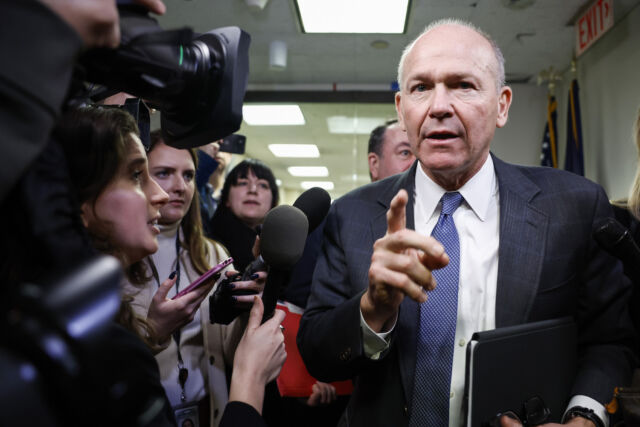Starliner’s first commander: Don’t expect perfection on crew test flight

[ad_1]

HOUSTON—While it doesn’t have the same relevance to public consciousness as safety problems with commercial airliners, a successful test flight of Boeing’s Starliner spacecraft in May would be welcome news for the beleaguered aerospace company.
This will be the first time the Starliner capsule flies into low-Earth orbit with humans aboard. NASA astronauts Butch Wilmore and Suni Williams are in the final stages of training for the so-called Crew Flight Test (CFT), a milestone running seven years behind the schedule Boeing said it could achieve when it won a $4.2 billion commercial crew contract from NASA a decade ago.
If schedules hold, Wilmore and Williams will take off inside Boeing’s Starliner spacecraft aboard a United Launch Alliance Atlas V rocket after midnight May 1, local time, from Cape Canaveral Space Force Station in Florida. They will fly Starliner to the International Space Station for a stay of at least eight days, then return the capsule to a parachute-assisted, airbag-cushioned landing in the western United States, likely at White Sands, New Mexico.
A shakeup at Boeing
The first human spaceflight with Starliner will launch under a lame-duck Boeing CEO. Dave Calhoun, who took the helm at Boeing in 2020, announced Monday he will step down at the end of the year. Boeing’s chairman, Larry Kellner, will not seek reelection at the company’s next shareholder meeting. Effective immediately, Boeing is also replacing the head of its commercial airplanes unit.
The last few years have not been good for Boeing. A spate of safety shortcomings in the company’s commercial airline business has shattered the company’s reputation. Two crashes of Boeing’s 737 Max 8 airplanes in 2018 and 2019 killed 346 people, and investigators blamed Boeing’s design and software for the accidents.

Probes into those accidents revealed Boeing cut corners and hid flaws from regulators and pilots in its design of the 737 Max, meant to keep the company competitive with new-generation airplanes produced by its European rival Airbus. Then, in January, a door plug on an Alaska Airlines 737 Max 9 airplane blew out in flight, causing a rapid decompression and forcing an emergency landing.
Everyone onboard survived, but the incident triggered a government investigation that revealed bolts meant to hold the door plug to the side of the airplane were missing. The bolts were apparently missing when the new 737 Max 9 left Boeing’s factory last year, and the chair of the National Transportation Safety Board reported earlier this month that Boeing has no records of the work to install the door plug.
In a report released by the Federal Aviation Administration last month, a panel of experts found that Boeing’s safety culture was “inadequate and confusing.” The panel also noted a “lack of pilot input in aircraft design and operation.”
[ad_2]
Source link














